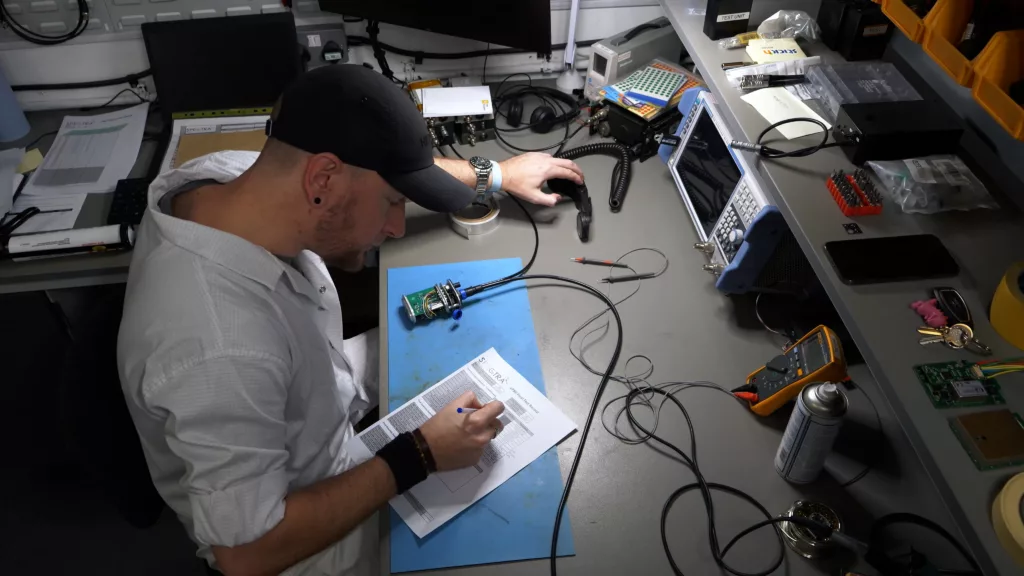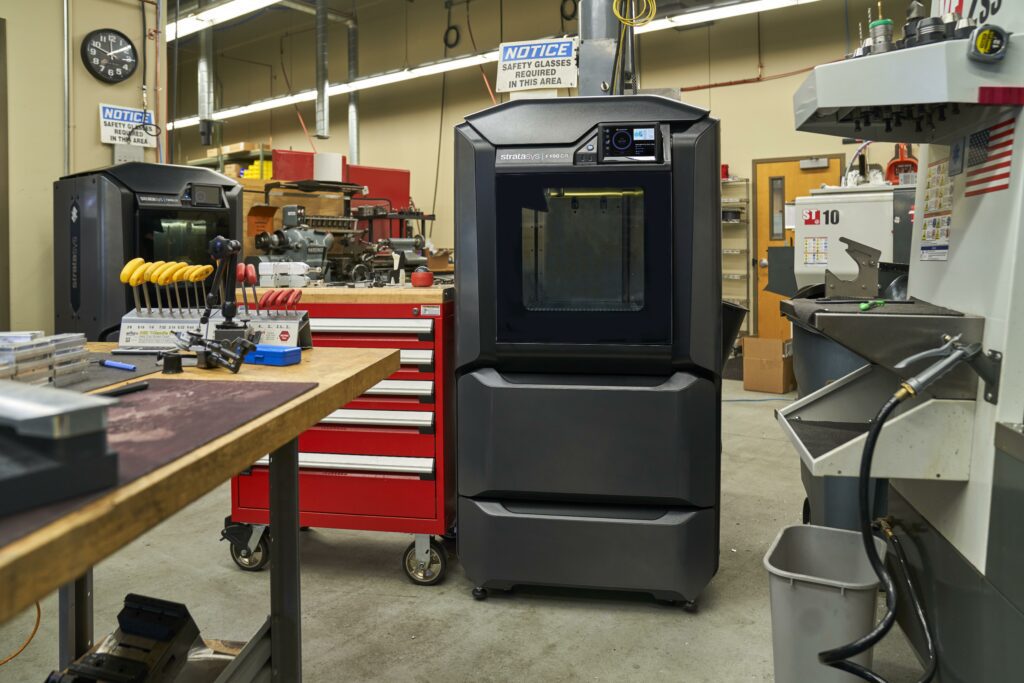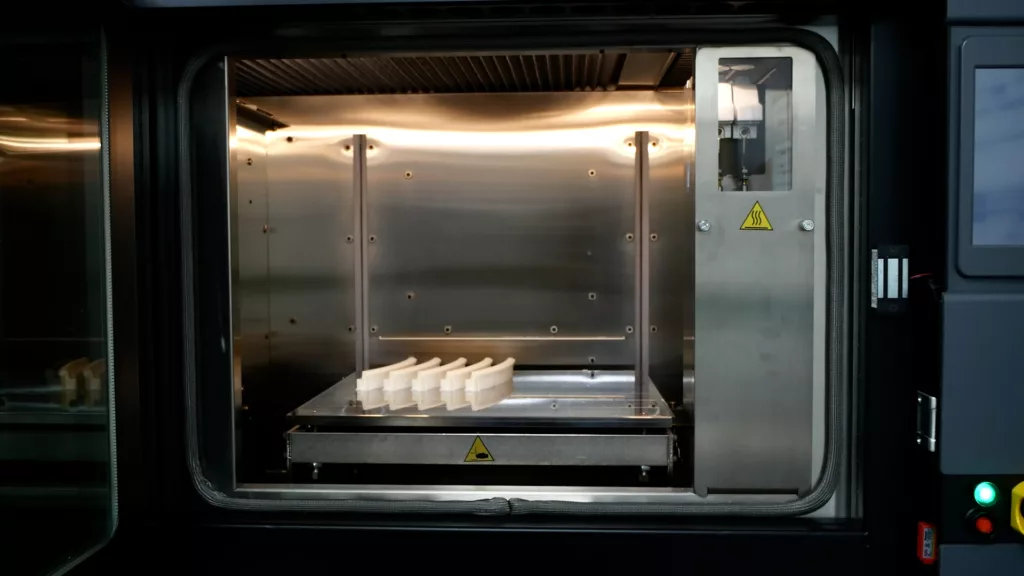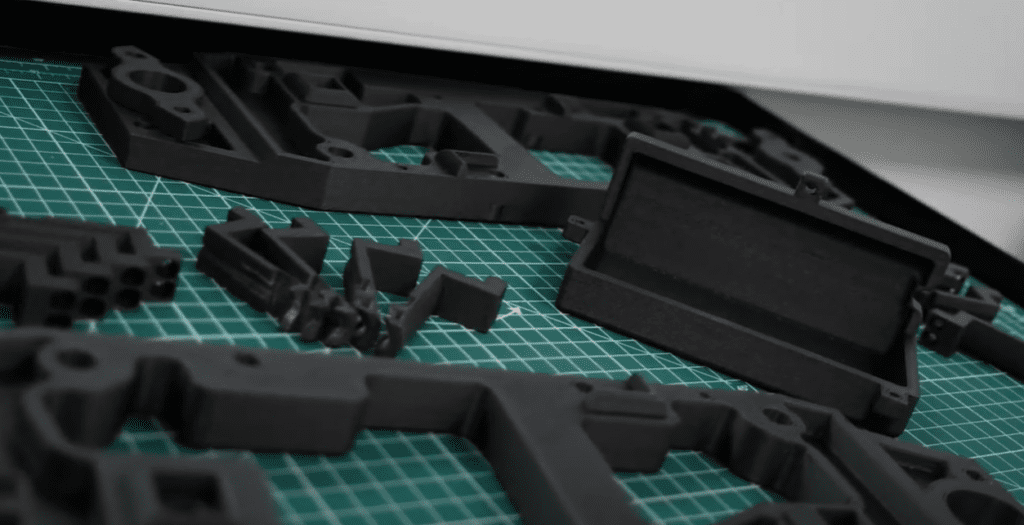In recent years, the defence sector has witnessed a remarkable surge in the adoption of FDM 3D printing technology.
This world-leading 3D printing method’s vast capabilities are already being utilised for a range of applications within the defence industry, including the production of robust accessories, bespoke weaponry and intricate helicopter components. Stratasys have even partnered up with Aurora Flight Sciences to produce the world’s first 3D-printed UAV jet powered aircraft.
FDM 3D printing can produce strong, durable parts from robust materials, capable of withstanding the demanding rigors of real-world defence applications. This technology goes beyond prototyping, creating lightweight, durable end-use parts that can function seamlessly in harsh field environments.
This technology allows for faster iterations, shorter lead times, and more intricate and bespoke designs, critical for the high-pressure defence industry. By streamlining the production process and enabling rapid innovation, FDM 3D printing has become a critical tool for any defence company.

What is FDM 3D printing?
Fused Deposition Modelling (FDM) 3D printing is the world’s leading 3D printing technology that builds products and prototypes up layer by layer, heating and depositing thermoplastic filament onto the build platform.
Invented by Stratasys more than 30 years ago, FDM 3D printing technology is continuing to be a popular choice amongst modern manufacturers. It allows for greater design flexibility, producing fast and accurate products and prototypes in a much more cost and material effective way, offering a futureproof alternative to traditional production and manufacturing techniques.
Why is FDM 3D printing so critical to defence companies?
The growth of FDM 3D printing in the defence industry has unlocked advanced design, innovation and production, accelerating development cycles, reducing costs, and empowering rapid iterations.
1. Unlimited customisation and design capabilities


FDM 3D printing technology grants unparalleled design freedom. Defence companies can now adapt and tailor weaponry and equipment to precise tactical requirements, optimising performance for specialised scenarios or environments.
2. On-demand printing and live accessibility


Unlike conventional manufacturing, the robust design of FDM 3D printers allows for them to be utilised in-field, deploying on-demand production in live scenarios. This facilitates rapid repair and replacement of critical parts and equipment as required without lengthy production times.
3. High-performance materials


Stratasys’ vast portfolio of advanced materials enables defence companies to produce specialised parts and equipment that are lightweight, robust, and durable enough for real-world in-field application.


